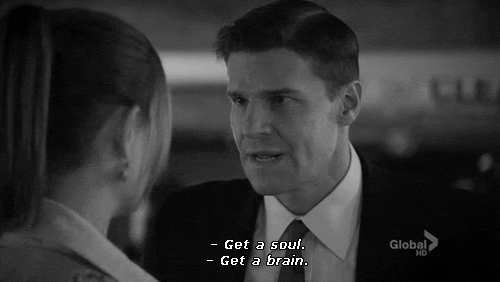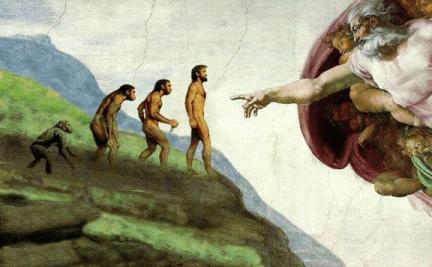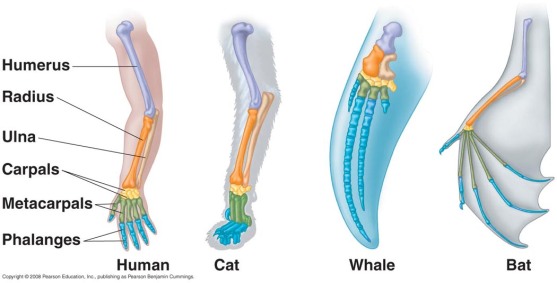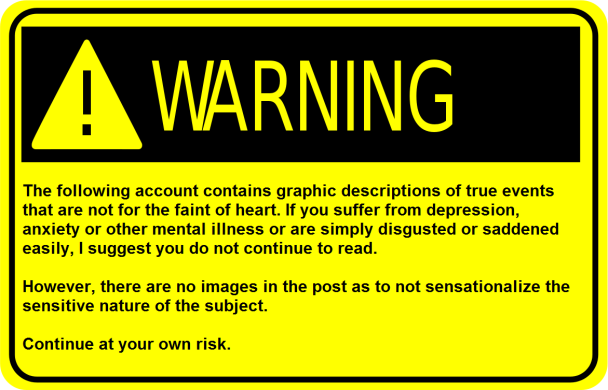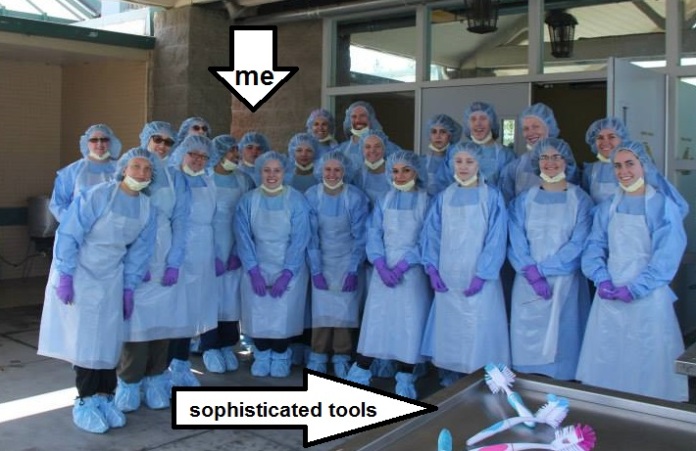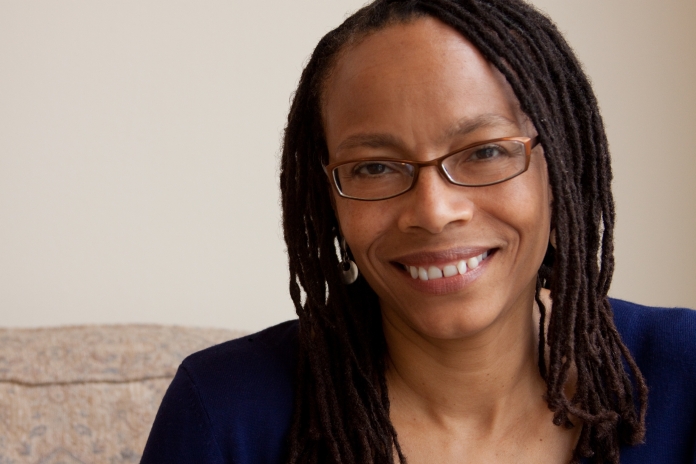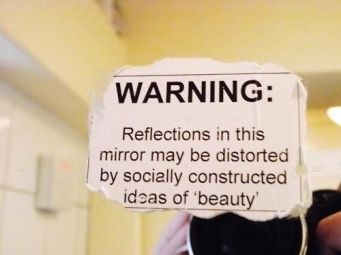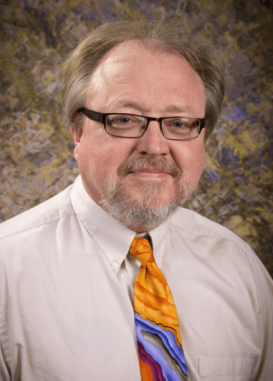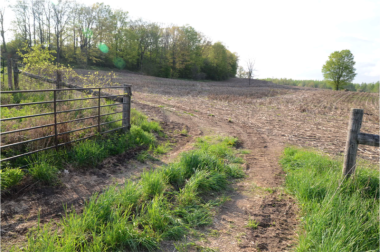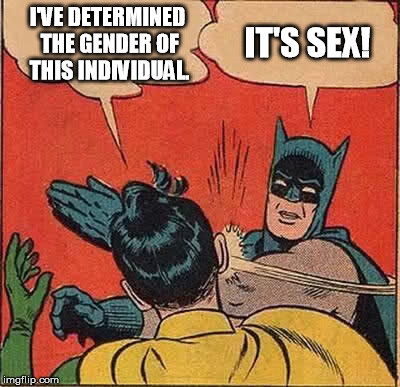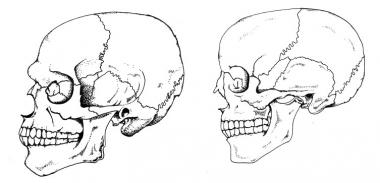According to new research, the battle between science and religion isn’t only socially created. It’s a battle that’s going on in each of our brains.
Basically, one side of the brain is more emphatic while the other side is analytical. When using one of these networks, the other is lessened.
The study suggests a positive correlation with religion and empathy and well as with science and critical thinking. That is, religious people tend to think with empathy, which suppresses the ability to be analytical. Alternately, scientific minds think more critically, which suppresses the ability to empathize.
Statistically, scientists attend religious services almost as much as the general population. Most are some denomination of Christianity.
How can this possibly be? Doesn’t that study show that you can’t be empathetic AND analytical?
Actually, it just means that when you are practicing religion, you’re emphatic and not critically thinking. And it means when you are doing science, your brain shuts off that emotional side and allows you to focus on the data. The way our brains work actually helps us be religious and be scientists!
Interestingly enough, the more religious- or scientific-minded one is, the less they perceive a conflict between science and religion.
Anthropology is by its origins a secular discipline. It’s always striven to become the best it can be scientifically. This is necessary of all science. It should be separated from bias associated with religion, absolutely.
But being a scientist shouldn’t disqualify you from continuing or entering into a relationship with God, the Universe, Creator, etc., and being religious shouldn’t make you fear knowledge. This study shows us that these seemingly conflicting positions can actually coexist in harmony.
Personally, I don’t think believing in evolution means there is no God. I’ve never understood this argument. But then again, I’ve never irrationally believed the literal interpretation of the Bible.
Even if you are a Christian and you believe God created man, could evolution not be the vehicle through which He created us?
The disciplines of science and religion have many similar basic rules. There is a certain degree of faith when it comes to science. Both religion and science cannot be 100% proven – they are both full of theories – and both religious and scientific people have to take these theories on faith. The more evidence there is, the stronger the belief in that theory. Sometimes a theory will need to be reformulated based on the most current evidence.
When I first started seeing the world through scientific eyes, I questioned my spirituality. I so feared a life that meant nothing and a death that meant the end. I struggled to see how I could believe in science and believe in an afterlife or a Creator.
But when I look and see all the discoveries we make every day and think about the multitudes of information we have yet to unlock, the mystery of this perfect universe becomes clear.
There is so much we do not yet know, and both science and religion can work together to further human progress.

